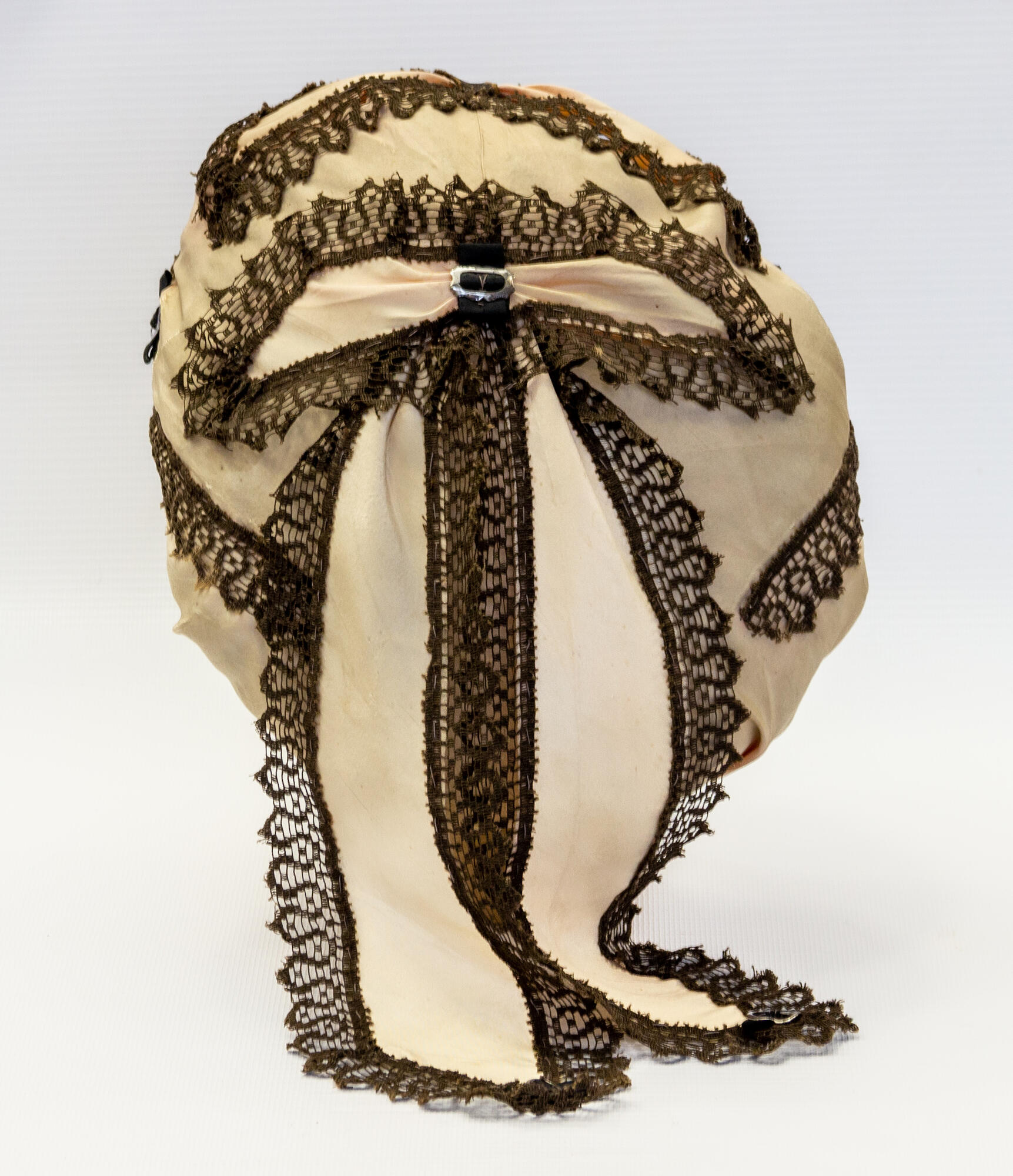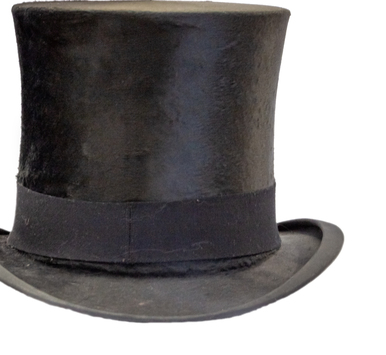In traditional Russian culture, only a single woman could appear in public with her head uncovered or wearing a headdress that exposes the crown of her head and reveals the beauty of her hair. It was considered indecent for a married woman to be seen with her head uncovered: after marriage, no one except her husband was supposed to see her hair. In Russian, there is an expression that means “to make a fool of oneself” and it is derived from the Russian word for “hair”. This expression originated during the times, when exposing a woman’s head by tearing off her headdress was considered a great insult and disgrace.
The traditional headdress of a married peasant woman was a povoinik (ochipok), which was in fact a headscarf that was wrapped around the head hiding all the hair under it. Later versions were caps with a hard edge above the forehead which is called “ochelye”. On top women wore an ubrus kerchief. In different versions and combinations throughout different regions of Russia the ubrus was topped with a “kika”, a “kokoshnik” or an ochelye headband. Later all these headdresses were replaced by a kerchief.
A nakolka is a cap on a solid frame made of cardboard or glued canvas. In the 19th century they became widespread in some settlements of the Arkhangelsk, Vologda, Novgorod, Vyatka, and Perm governorates, in the governorates of central Russia, as well as in Altai and in the Yenisei Governorate. The nakolka cap replaced the povoinik as it was similar in design and served the same purpose. Nakolka caps remained popular from the middle of the 19th until the early 20th centuries, with both peasant and urban women of fashion. Women in cities of the second half of the 19th century also wore mobcaps, various nets and lacy kerchiefs with long ends hanging at the back. Nakolka caps were always in plain sight and served as the main headdress of a married woman, therefore, when possible, they were covered with silk fabric from the outside, decorated with all kinds of lace, ribbons, bows, and beads. As a rule, nakolka caps covered with silk of black and dark colors were worn by elderly women, with a scarf over them.
The presented nakolka cap has a dense inner frame with a calico lining. The outside is covered with pink silk. Black lace stripes are sewn to the top, framing the edge of the headdress and also sewn in the form of bows. In the center of the bows, the silk is laid in folds and decorated with a buckle on a small decorative strap. Two long strips of pink silk, trimmed with the same lace along the edge, with buckles at the ends, are lowered from the back of the cap.



